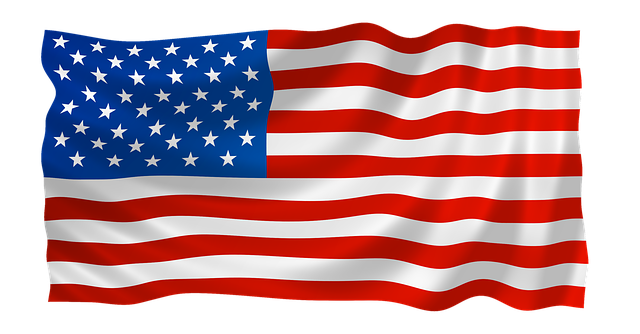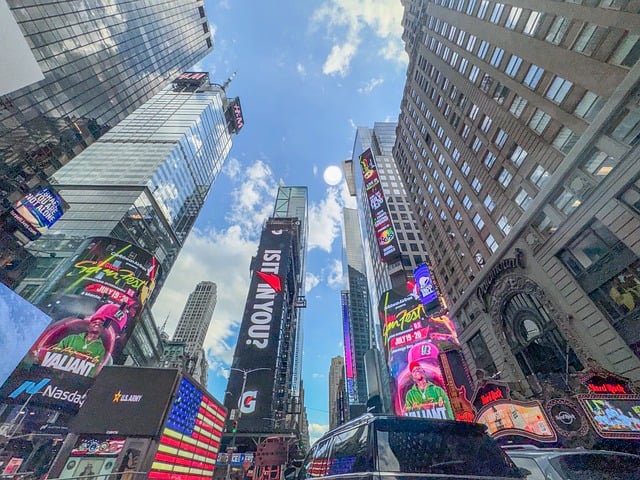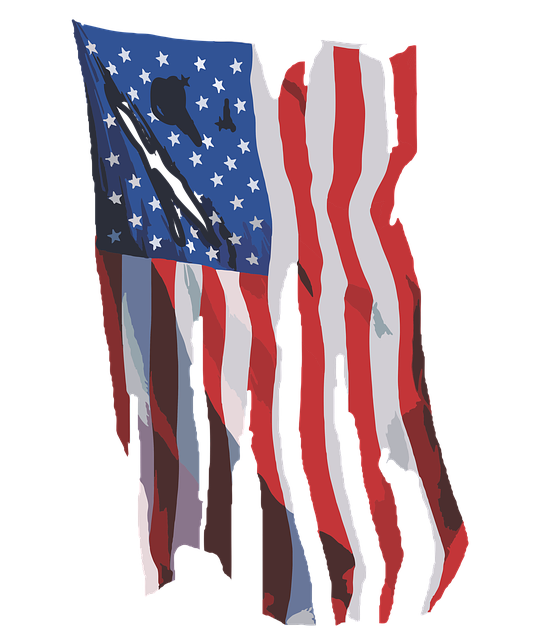American Flags have long been potent emblems of unity, dissent, and national pride during U.S. protests. This article explores the historical significance of these banners in public demonstrations, their evolving symbolism in contemporary movements, and how American Flags For Sale influence public perception. We delve into legal frameworks that govern flag display in public settings, punctuate significant examples of flag usage in recent protests, and project future trends in flag-related expressions during American protest movements. Join us as we navigate the intricate intersection of patriotism, activism, and the enduring power of the American Flag.
- Historical Context of Flag Use in American Protests
- The Symbolism of the American Flag in Contemporary Demonstrations
- The Role of American Flags for Sale in Shaping Public Narratives
- Legal Considerations and Regulations Governing Flag Display in Public Protests
- Case Studies: Notable Uses of the American Flag in Recent U.S. Protests
- The Future of Flag Use in American Protest Movements
Historical Context of Flag Use in American Protests

The historical context of flag use in American protests is deeply rooted in the nation’s rich tapestry of civil engagement and political expression. From the early colonial era, the flag has served as a potent symbol of unity, dissent, and national identity. In pivotal moments of history, such as the American Revolution, the Civil War, and the Civil Rights Movement, American flags were visibly present, often woven into the fabric of collective action. They were not merely passive decorations but active participants in the narrative of a nation grappling with its ideals and realities.
Throughout the 19th century, waves of immigration brought diverse groups to America’s shores, each wave bringing its own cultural traditions and values. The flag became a common ground for new citizens, a shared emblem that could represent their individual histories while collectively expressing allegiance to their new nation. This tradition continued into the 20th century, with American flags for sale becoming ubiquitous, facilitating widespread flag use during protests and demonstrations. From labor strikes to women’s suffrage marches, the flag was both a symbol of patriotism and a visual statement against injustice. As such, it has become an enduring element of American protest culture, capturing the complexities of national pride, dissent, and the pursuit of a more perfect union.
The Symbolism of the American Flag in Contemporary Demonstrations
The American flag has long been a potent symbol within the United States, representing unity, liberty, and justice for all. In contemporary demonstrations, this emblematic banner takes on various meanings depending on the context of the protest. While some individuals wave American flags to express patriotism and solidarity with their country’s ideals, others use them to convey dissent and call attention to perceived injustices or grievances against the government. The flag becomes a physical manifestation of collective identity, aspirations, and grievances. Its presence at demonstrations can galvanize a sense of shared purpose among participants and can also serve as a rallying point for media coverage and public discourse. For those who wish to make a statement with the flag during protests, American flags for sale are readily available in various styles, sizes, and materials, ensuring that individuals can easily acquire a flag that suits their needs and intentions. The way the flag is displayed—whether it’s held aloft, draped over a speaker’s shoulder, or carried as part of a marching contingent—can amplify the message being conveyed, making the act of waving an American flag in a protest a deeply symbolic act that resonates with both participants and onlookers.
The Role of American Flags for Sale in Shaping Public Narratives
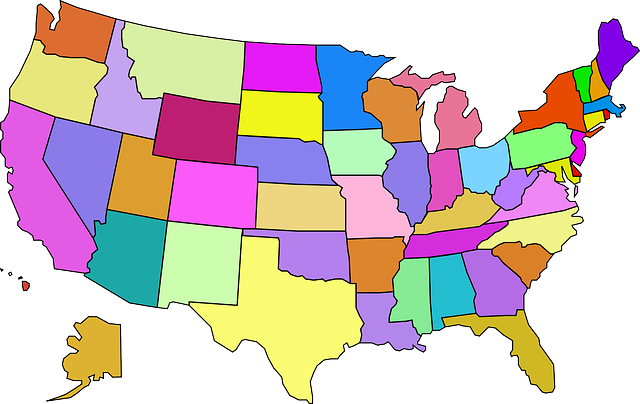
The presence of American flags at protests plays a pivotal role in shaping public narratives, serving as both a symbol of national unity and a statement of individual rights. When citizens hoist American Flags For Sale during demonstrations, they are not merely displaying allegiance to the country; they are also participating in a form of political discourse that resonates with a broader audience. These flags become emblems of collective aspirations and values, amplifying the voices calling for change. The visual impact of these flags in large numbers can be profound, often capturing media attention and framing the event’s narrative as one deeply rooted in patriotism and the American ethos. The availability of high-quality, durable American Flags For Sale ensures that this symbol remains potent and clear, facilitating its use as a powerful tool for communication and solidarity among protesters. As these flags flutter in the public space, they contribute to the creation of a shared national identity, one that is both inclusive and reflective of the diverse population that wields it. The role of American Flags For Sale in such contexts is undeniably central, as they serve as a tangible connection between the ideals of the nation and the aspirations of its people, influencing public perception and the collective memory of these events.
Legal Considerations and Regulations Governing Flag Display in Public Protests

When American flags for sale are displayed during U.S. protests, they often serve as potent symbols of national identity and civic engagement. The use of the flag in such contexts is subject to legal considerations and a set of regulations that govern its display in public settings. According to the Federal Flag Code, which provides guidelines on the proper treatment of the U.S. flag, the flag should not be desecrated or used in a manner that might be disrespectful. However, the code is advisory rather than enforceable by law. In public protests, the display of American flags for sale is typically protected under the First Amendment, which safeguards freedom of speech and expression. Protesters have the right to express their views through flag display as long as it does not incite imminent lawless action or violate other individuals’ rights.
The Supreme Court has consistently upheld the use of flags in protests, as seen in cases like Texas v. Johnson (1989), where the court protected the burning of the flag as an act of speech. On a state and local level, regulations may vary, with some jurisdictions imposing certain restrictions on how, when, and where the flag can be displayed. These regulations must be carefully navigated to ensure compliance with both the law and the spirit of free expression. When purchasing American flags for sale for use in protests, it is important to consider these legal considerations to avoid any unintentional legal entanglements that could disrupt the peaceful exercise of one’s rights.
Case Studies: Notable Uses of the American Flag in Recent U.S. Protests

2020’s Black Lives Matter protests, which gained momentum following the death of George Floyd, saw an array of demonstrators across the United States wielding American flags as symbols of both their national identity and the ideals they believed the flag represented. These flags became a ubiquitous sight, not only in marches but also in widely circulated images and videos that captured the essence of the movement. The flags were used to express unity, freedom, and a collective call for justice, reflecting the diverse motivations behind the protests. American Flags For Sale were reportedly in high demand during this period, as individuals sought to obtain their own emblems to show solidarity and assert their rights to free speech and assembly. Similarly, in the 2017 Charlottesville rally, the American flag was present on both sides of the conflict, with some white supremacists carrying it to assert a distorted nationalistic identity, while counter-protesters used the same flag to stand against hate and bigotry, demonstrating the complex and sometimes contested nature of its symbolism. These case studies underscore the American flag’s multifaceted role in protests, serving as a powerful tool for expression that can convey both widespread solidarity and deeply divergent viewpoints.
The Future of Flag Use in American Protest Movements
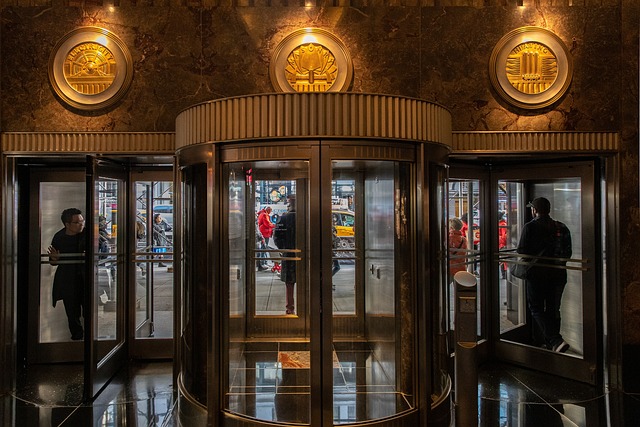
In recent years, the symbolism of American Flags For Sale has become a focal point in protest movements across the United States. While the flag has historically represented unity and national pride, its use in protests can carry a multitude of meanings. On one hand, it serves as a unifying emblem for those demanding social change or expressing dissent; on the other, it can be a contentious element within the tapestry of political expression. As American society evolves and the issues at the heart of protests shift, the role of the flag is likely to continue its complex journey. The future of flag use in these movements will be shaped by ongoing dialogues about patriotism, identity, and the First Amendment right to free speech. It is anticipated that American Flags For Sale will remain a prevalent presence in protest settings, as they encapsulate both the aspirations and conflicts inherent in collective action. The way in which flags are employed—whether as a rallying cry for solidarity or as a provocation for debate—will undoubtedly influence the trajectory of their use in future American protests. As such, the flag’s role is poised to be a subject of ongoing analysis and interpretation within the realm of civic engagement and activism.
